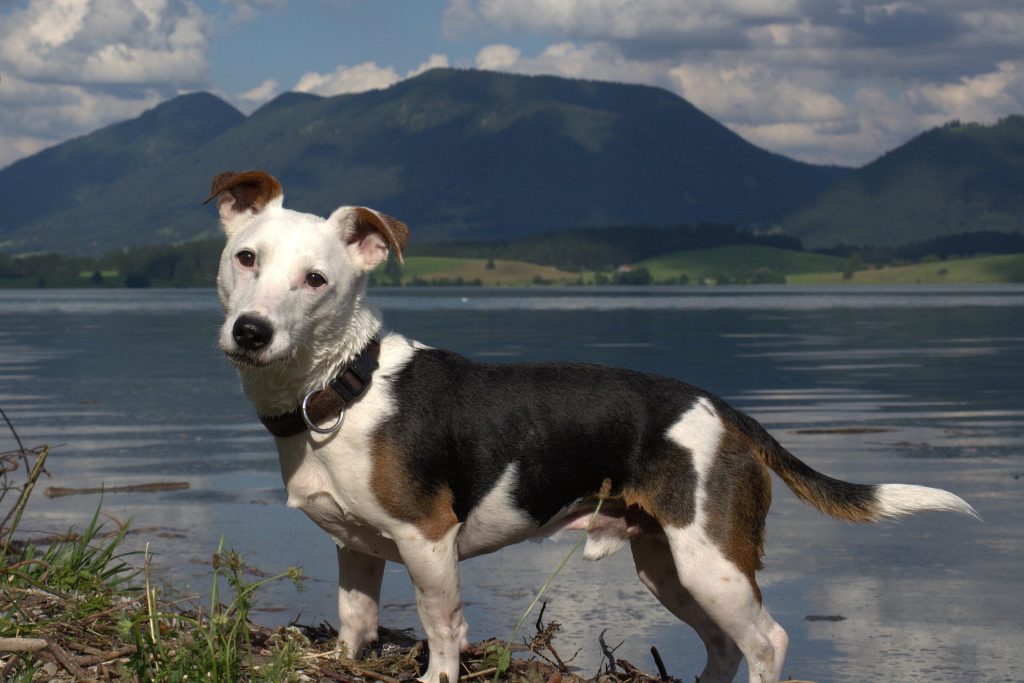About this breed:
Often called the small dog with a big personality, the Jack Russell is an agile and energetic breed. Named after the parson Reverend John Russell of Devon, England, who first bred them for fox hunting in the 19th century, these terriers showcase a vibrant mix of athleticism, fearlessness, and an insatiable energy that makes them stand out.
If you’re looking for an energetic, lively, and loyal companion – a pal who will never let the activities drop down – a Jack Russell might be the perfect match for you. Though the responsibility of owning a Jack Russell is grand, the love and companionship they provide in return are grander.
In conclusion, while Jack Russells are indeed a handful, they possess a charm and liveliness that is undeniably fascinating. Understanding their nature will help any potential owner adapt to this breed’s needs, making the journey of owning a Jack Russell a beautiful one. These terriers, with their distinct personality and endearing traits, are certainly more than meets the eye.

Physical traits
They stand 10-15 inches tall and usually weigh around 14-18 pounds as adults. Mainly white, they have markings in brown, black or tan right over their eyes, ears, and at the base of their tail. The coat can be rough, broken, or smooth. It is suitable for the English outdoors and aid in camouflage during hunts.
Jack Russell or Parson Russell Terrier?
Jack Russell and Parson Russell are similar breeds in many ways and share a common origin. The Parson Russell typically has an overall larger body, with a bigger chest and a longer head. It should be noted, however, that the breed standard height at the withers is roughly the same for both breeds.
Personality
Assertive, bold, and full of zest, Jack Russells exhibit a personality much larger than they physically are! They are persistently fearless and energetic, with a sixth sense for knowing when something exciting might happen. These highly intelligent dogs are challenging to wear out and require both mental and physical stimulation consistently. With an elevated sense of curiosity and relentless endurance, whether it’s running after a ball or unravelling a new puzzle toy, they’re in it to win it!
Background
Understanding the background and history of this breed makes it easier for us to understand the Jack Russells we have around us today and why they behave in certain ways.
The man behind this breed is Reverend John “Jack” Russell, born 1795. He was a hunting enthusiast who bred dogs for hunting purposes. A lot of the genetic material in the Jack Russell comes from the now extinct English white terrier used to bolt foxes
The story begins in 1819, during Russells last year at Exeter College, Oxford, when he bought a small white and tan terrier female named Trump from a milkman. Trump was white, with just a patch of dark tan over each eye, and with a small tan dot at the root of the tail. White terriers were popular for fox hunting, as they were difficult to confuse with the red foxes.
Russell used Trump as the basis for a breeding program where he aimed to develop high-stamina terriers who could be used for fox hunting and who also had the courage and build required to chase foxes out of their underground burrows.
An important trait in the terriers developed by Russell was their tempered aggressiveness. They were aggressive enough to bolt foxes, but without injuring or killing them. Soon, Russell’s terriers became sought after by fox hunting enthusiasts.
It is not possible to prove that any of today´s Jack Russell dogs are a direct descendants of Trump, since Russell were forced to sell all his dogs on multiple occasions due to financial problems. When he died in 1883, he owned no more than four terriers, and they were all elderly and non-breeding.
The oldest documented pedigrees that we know of are from 1862, and the Fox Terrier Club was not formed until 1875.
Ideal environments for Jack Russells
Jack Russells are best suited to active lifestyles, due to their inate need to hunt, dig and explore. While they can adapt to small spaces, they should ideally be brought for walks, training and play-time in areas where they can romp and explore. Despite their small size, apartment living is not optimal for them unless given ample opportunities for activity.
Training
Contrary to the myths about their perceived stubbornness, they are quick learners and respond well to positive reinforcement and rewards. Early socialization and puppy training classes are recommended for Jack Russells. They will benefit from a firm, consistent trainer who can handle their naturally headstrong personality well and provide them with suitable outlets for their energy.
Health
Jack Russells are generally fit dogs with a life expectancy of 13-16 years. They are prone to certain genetic diseases like deafness and Legg-Calve-Perthes disease. Regular health check-ups and a balanced diet can promote longevity.
